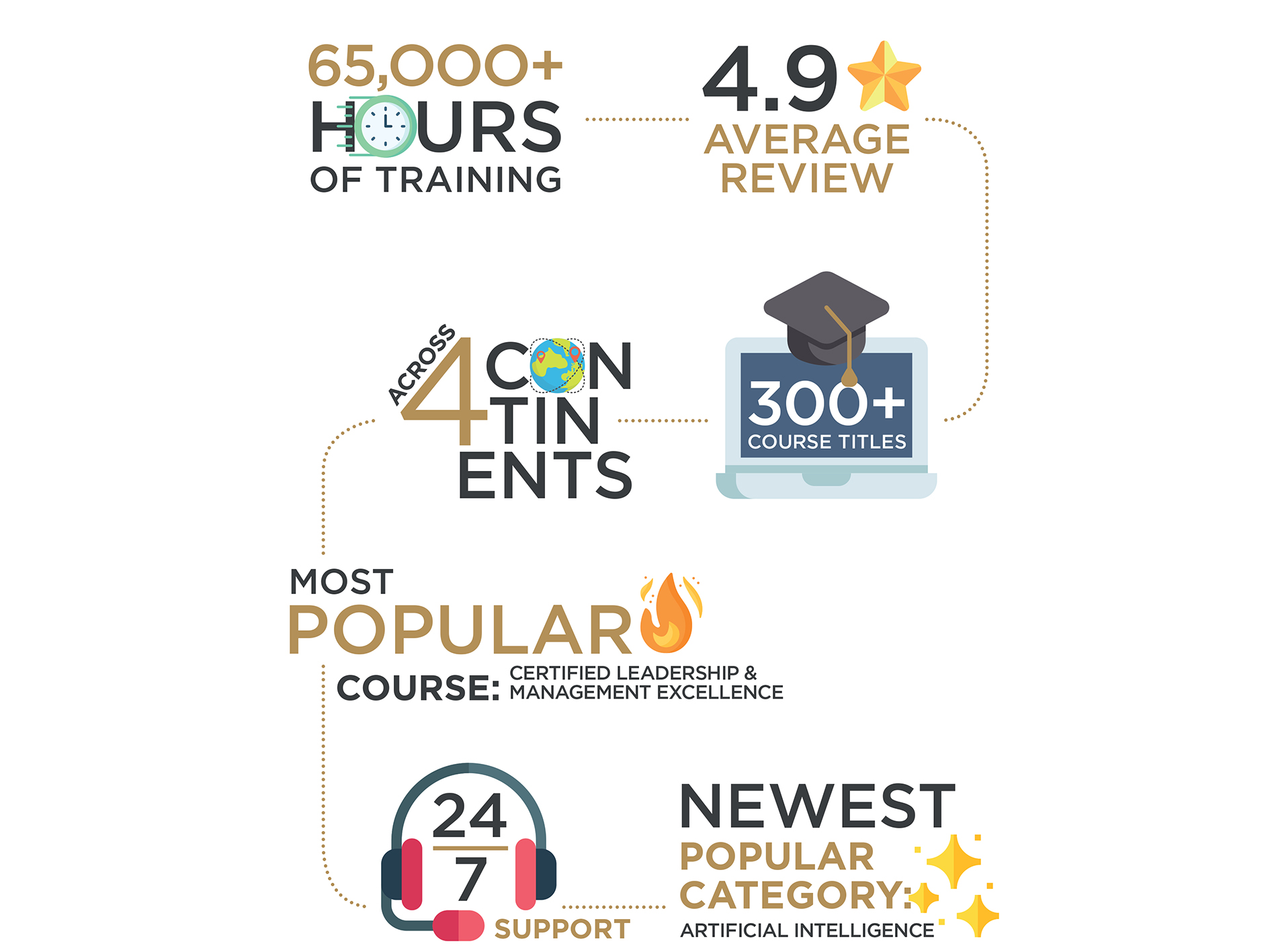In today's competitive business situation, understanding your customers' needs, preferences and experiences is more critical than ever. One of the most powerful tools is customer feedback. By actively seeking and listening to your customers' thoughts, you can identify areas for improvement, measure customer satisfaction and make data-driven decisions.
Here are the areas we will discuss in the article:
-
Understanding Customer Needs
-
Driving Product and Service Improvements
-
Enhancing Customer Satisfaction and Loyalty
-
Identifying Trends and Opportunities
-
Methods for Collecting Customer Feedback
-
Turning Feedback into Action
1. Understanding Customer Needs
At the core of any successful business is effectively meeting customers' needs. But how do you know what your customers want? By collecting and analysing feedback, businesses can gain direct insight into what customers value most. Whether through surveys, reviews, or social media comments, feedback provides clarity on pain points and expectations that you might not have noticed otherwise.
2. Driving Product and Service Improvements
Customer feedback serves as a roadmap for product and service development. It highlights areas where your business excels and, more importantly, where it can improve. Companies that prioritise acting on customer feedback can make informed adjustments that lead to better products, more efficient services and happier customers.
3. Enhancing Customer Satisfaction and Loyalty
Customer satisfaction is closely linked to how well a company listens to its customers. Gathering feedback regularly shows your audience that their input is valued, enhancing their sense of connection to your brand. Customers who feel heard are more likely to remain loyal and recommend your business to others.
Additionally, acting on feedback shows customers that their voices can drive change. Whether fixing a bug in your software or improving the quality of customer support, taking action based on customer suggestions builds long-term trust. When customers see improvements that align with their feedback, they feel appreciated, and that positive experience can turn them into brand advocates.
4. Identifying Trends and Opportunities
Beyond addressing individual concerns, customer feedback helps businesses identify broader trends and opportunities for growth. Businesses can pinpoint emerging patterns in customer behaviour and preferences by analysing recurring themes or issues.
5. Methods for Collecting Customer Feedback
Now that we have established the value of customer feedback, how can businesses collect it effectively? Here are some of the most popular methods:
- Surveys: Surveys are one of the most direct ways to gather customer opinions. They can be tailored to specific aspects of your business, such as product quality, customer service or overall satisfaction. Tools like email surveys, website pop-up forms, and in-app feedback options are effective.
- Online Reviews: Customer reviews on platforms like Google, Yelp and Trustpilot provide unfiltered feedback on your business. They offer a snapshot of customer satisfaction to enhance your online reputation and help new customers decide whether to engage with your brand.
- Social Media Monitoring: Social media is a platform for customer conversations. Monitoring social media channels allows you to tap into real-time feedback. You can build a more engaged community around your brand by responding quickly to customer concerns or praise.
- Customer Service Interactions: Every phone call, chat, or email with your customer service team offers an opportunity for feedback. We can gather insights from these interactions to reveal what your customers are experiencing.
6. Turning Feedback into Action
Collecting feedback is only half the battle; the real value comes from turning that information into action. It is important to analyse the data for recurring incidents or common issues frequently mentioned. These are your priority areas for action.
Also, customers should be acknowledged that their feedback will be considered. By sending emails or reacting to social media posts, customers would be informed that their voices make a difference.
Conclusion
Customer feedback is one of the most valuable assets your business can leverage. It provides insight into customer needs, drives continuous improvement, enhances satisfaction, and uncovers trends that keep you competitive. By actively gathering, analysing, and responding to feedback, you can foster stronger customer relationships, improve your offerings, and ensure long-term success.
If you would like to learn more about Customer Service Essentials, London Training for Excellence offers a professional training course tailored to your needs.
Written by London Training for Excellence Team
About the author:
The author is a passionate advocate for continuous learning and professional development. With a rich background in training and consultancy, the author had the privilege of working with diverse industries across the globe, helping professionals sharpen their skills and excel in their careers.
 All Courses
All Courses
 Accounting and Finance
Accounting and Finance Administration and Office Management
Administration and Office Management Business Administration
Business Administration Chemical Engineering
Chemical Engineering Communications and Public Relations (PR)
Communications and Public Relations (PR) Compliance and Legal
Compliance and Legal Construction Management
Construction Management Contract and Project Management
Contract and Project Management Customer Experience and Relationship Management
Customer Experience and Relationship Management Data Management and Business Intelligent
Data Management and Business Intelligent Digital Transformation
Digital Transformation Energy and Sustainability
Energy and Sustainability Health, Safety and Environment
Health, Safety and Environment Healthcare Management
Healthcare Management Hospitality & Tourism
Hospitality & Tourism Human Resources and Talent Development
Human Resources and Talent Development Industrial Manufacturing and Production
Industrial Manufacturing and Production Innovation and Artificial Intelligence (AI)
Innovation and Artificial Intelligence (AI) Leadership and Management
Leadership and Management Oil and Gas
Oil and Gas Procurement & Supply Chain Management
Procurement & Supply Chain Management Public Sector
Public Sector Quality and Productivity
Quality and Productivity Retail and E- Commerce
Retail and E- Commerce Sales and Marketing
Sales and Marketing Sports Event Management and Operations
Sports Event Management and Operations Strategy and Business Planning
Strategy and Business Planning Sustainability and CSR
Sustainability and CSR Learning Solutions
Learning Solutions
 About Us
About Us
 iLearn Blog
iLearn Blog
 Directory Calendar
Directory Calendar
 Contact Us
Contact Us
 All Courses
All Courses
 Accounting and Finance
Accounting and Finance Administration and Office Management
Administration and Office Management Business Administration
Business Administration Chemical Engineering
Chemical Engineering Communications and Public Relations (PR)
Communications and Public Relations (PR) Compliance and Legal
Compliance and Legal Construction Management
Construction Management Contract and Project Management
Contract and Project Management Customer Experience and Relationship Management
Customer Experience and Relationship Management Data Management and Business Intelligent
Data Management and Business Intelligent Digital Transformation
Digital Transformation Energy and Sustainability
Energy and Sustainability Health, Safety and Environment
Health, Safety and Environment Healthcare Management
Healthcare Management Hospitality & Tourism
Hospitality & Tourism Human Resources and Talent Development
Human Resources and Talent Development Industrial Manufacturing and Production
Industrial Manufacturing and Production Innovation and Artificial Intelligence (AI)
Innovation and Artificial Intelligence (AI) Leadership and Management
Leadership and Management Oil and Gas
Oil and Gas Procurement & Supply Chain Management
Procurement & Supply Chain Management Public Sector
Public Sector Quality and Productivity
Quality and Productivity Retail and E- Commerce
Retail and E- Commerce Sales and Marketing
Sales and Marketing Sports Event Management and Operations
Sports Event Management and Operations Strategy and Business Planning
Strategy and Business Planning Sustainability and CSR
Sustainability and CSR Learning Solutions
Learning Solutions
 About Us
About Us
 iLearn Blog
iLearn Blog Directory Calendar
Directory Calendar
 Contact Us
Contact Us















































 Course category
Course category Course Venue
Course Venue
